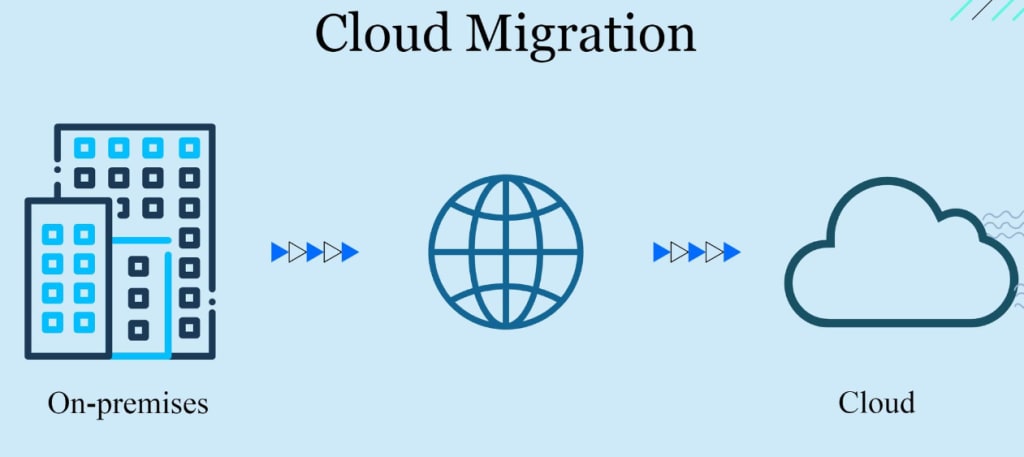
What is Cloud Computing?
Cloud computing is a model for delivering information technology (IT) services in which resources are retrieved from the internet through web-based tools and applications, as opposed to a direct connection to a server. This allows for on-demand access to a shared pool of configurable resources, such as networks, servers, storage, applications, and services, that can be rapidly provisioned and released with minimal management effort. This enables organizations to scale their IT capabilities as needed, without having to invest in and maintain expensive infrastructure.
Why cloud computing?
Cloud computing allows for on-demand access to shared pools of resources, such as networks, servers, storage, and services, without the need for direct management or administration.
Cloud computing benefits:
* Cost Savings: Cloud computing allows for a pay-as-you-go model, which can result in significant cost savings compared to traditional on-premises infrastructure.
* Scalability: Cloud computing allows for easy scaling up or down of resources as needed, without the need for large capital investments.
* Flexibility: Cloud computing allows for greater flexibility in terms of location and access, as users can access their data and applications from anywhere with an internet connection.
* Reliability: Cloud providers typically have multiple data centers and use redundancy to ensure high availability of resources.
* Collaboration: Cloud computing allows for easy collaboration and sharing of files and documents with team members and clients.
* Automatic Software updates: Cloud computing providers automatically handle software updates and maintenance, removing the need for IT teams to handle these tasks.
* Security: Cloud providers have a wide range of security measures in place to protect customer data.
Here are some tips and tricks for both beginners and experts in cloud computing:
1.Understand the different types of cloud services: There are three main types of cloud services: Infrastructure as a Service (IaaS), Platform as a Service (PaaS), and Software as a Service (SaaS). Each type has its own set of benefits and limitations, so it's important to understand which one is best for your specific needs.
2.Take advantage of automation: Cloud providers offer a wide range of automation tools that can help you manage your resources more efficiently. For example, you can use auto-scaling to automatically adjust the number of instances based on demand, or use a configuration management tool to automate the provisioning of resources.
3.Monitor your resources: Monitoring is crucial to understanding how your resources are being used and identifying potential issues. Make sure you have a monitoring solution in place and are regularly reviewing the data to identify trends and potential areas of improvement.
4.Know your security options: Security is a top concern when using cloud services. Familiarize yourself with the security features offered by your cloud provider, such as virtual private networks, firewalls, and encryption.
5.Optimize your costs: Cloud services can be cost-effective, but it's important to monitor your usage and optimize your costs. Use tools like reserved instances, spot instances, and auto-scaling to minimize your costs.
6.Be aware of compliance and regulatory requirements: Different industries and countries have different compliance and regulatory requirements, so it's important to be aware of these and make sure your cloud deployment complies with them.
7.Use multi-cloud and hybrid-cloud strategies: Instead of putting all your eggs in one basket, consider using multiple cloud providers, or a hybrid strategy that combines on-premises and cloud resources. This approach can provide greater flexibility, cost savings, and redundancy.
8.Continuously learn: Cloud computing is constantly evolving, so it's important to stay up-to-date with the latest trends, best practices, and new features. Attend conferences, read industry publications, and participate in online communities to stay informed.





Comments
There are no comments for this story
Be the first to respond and start the conversation.